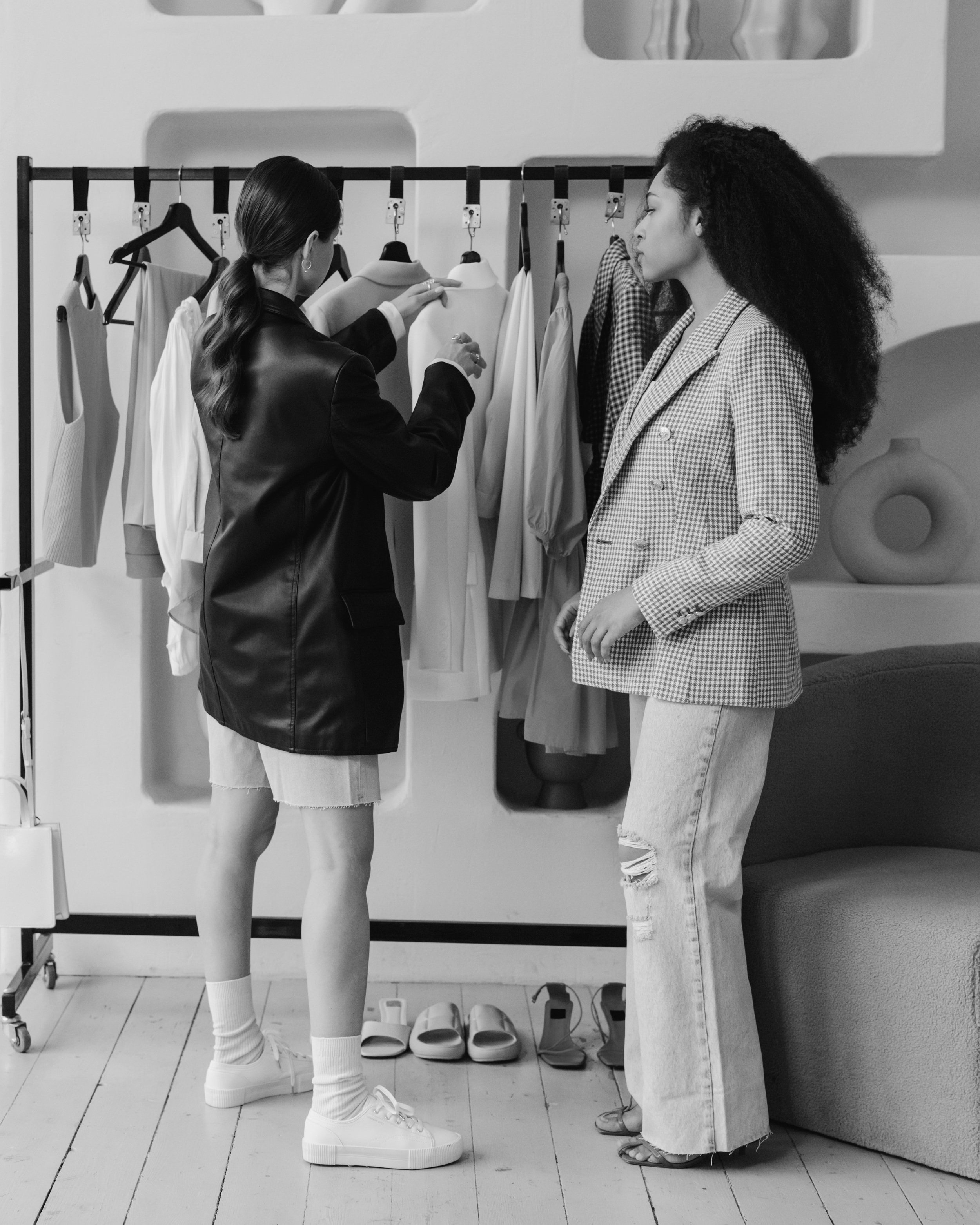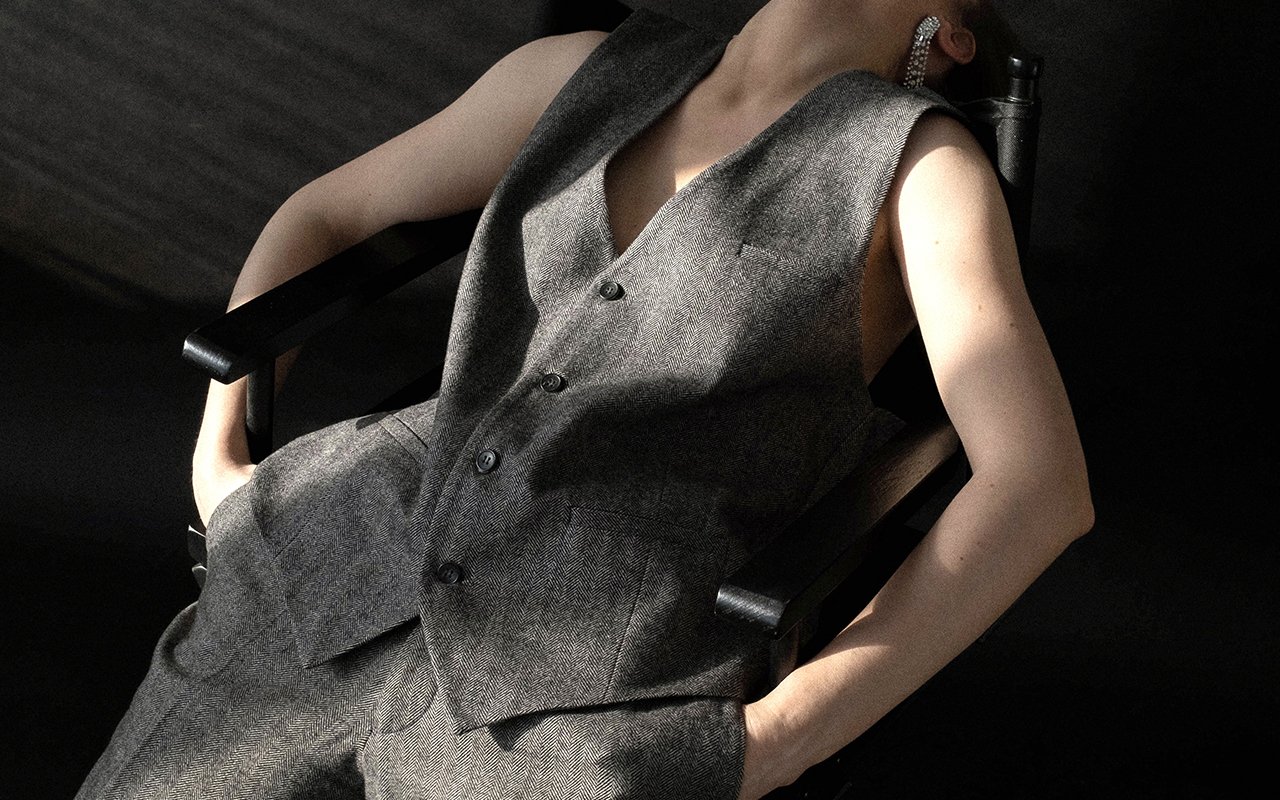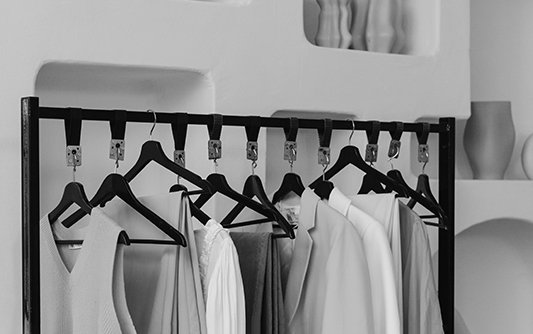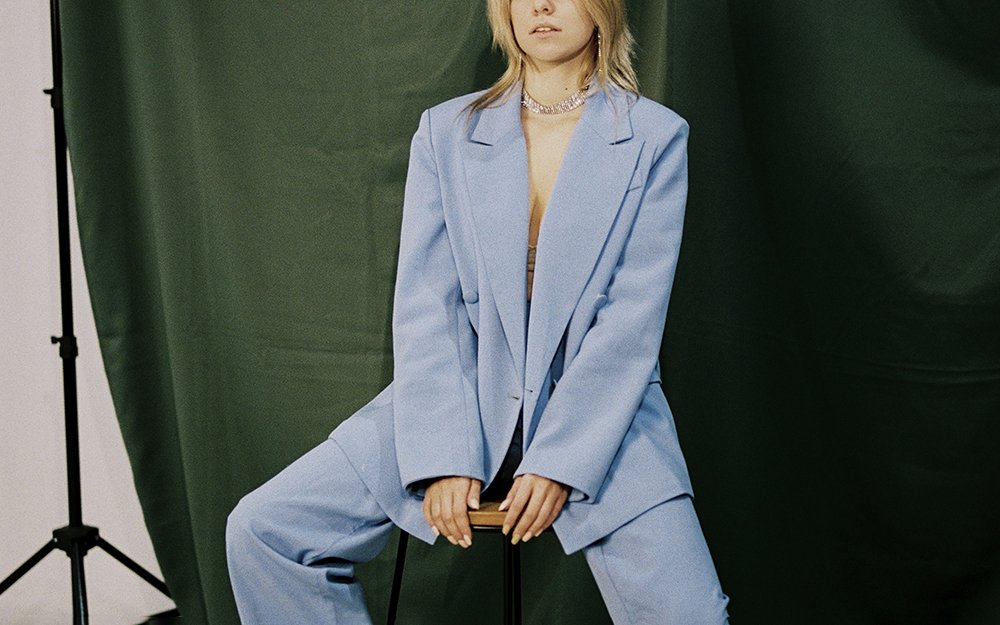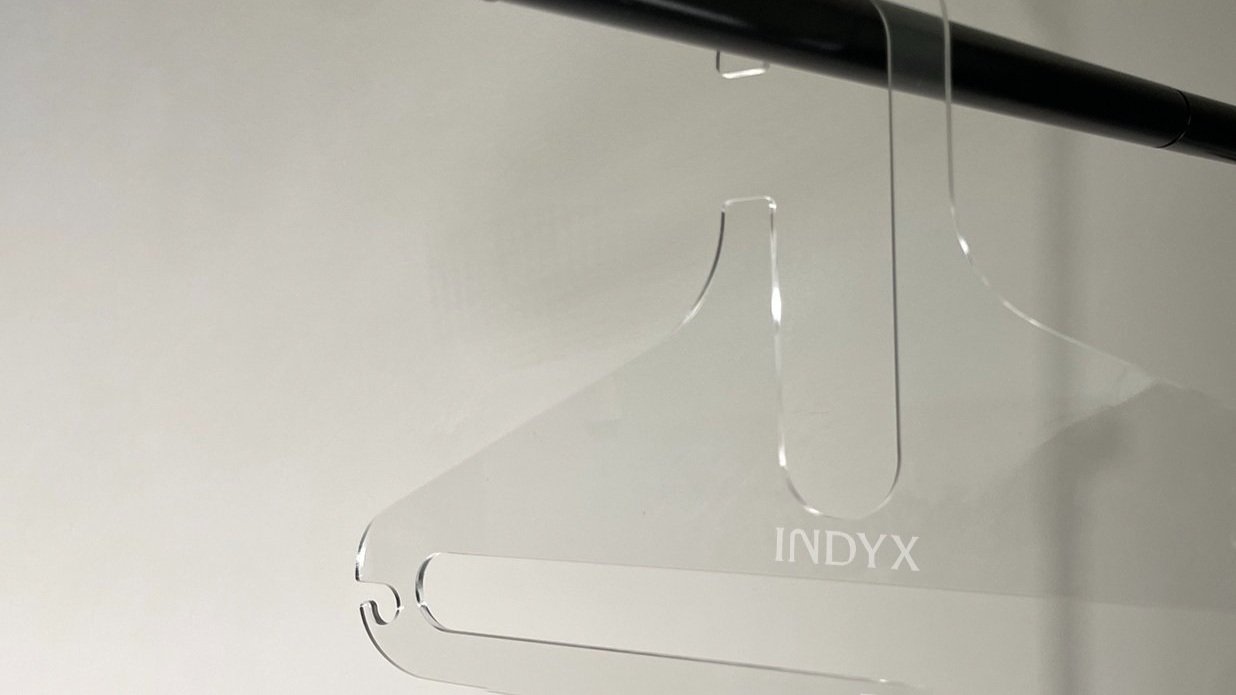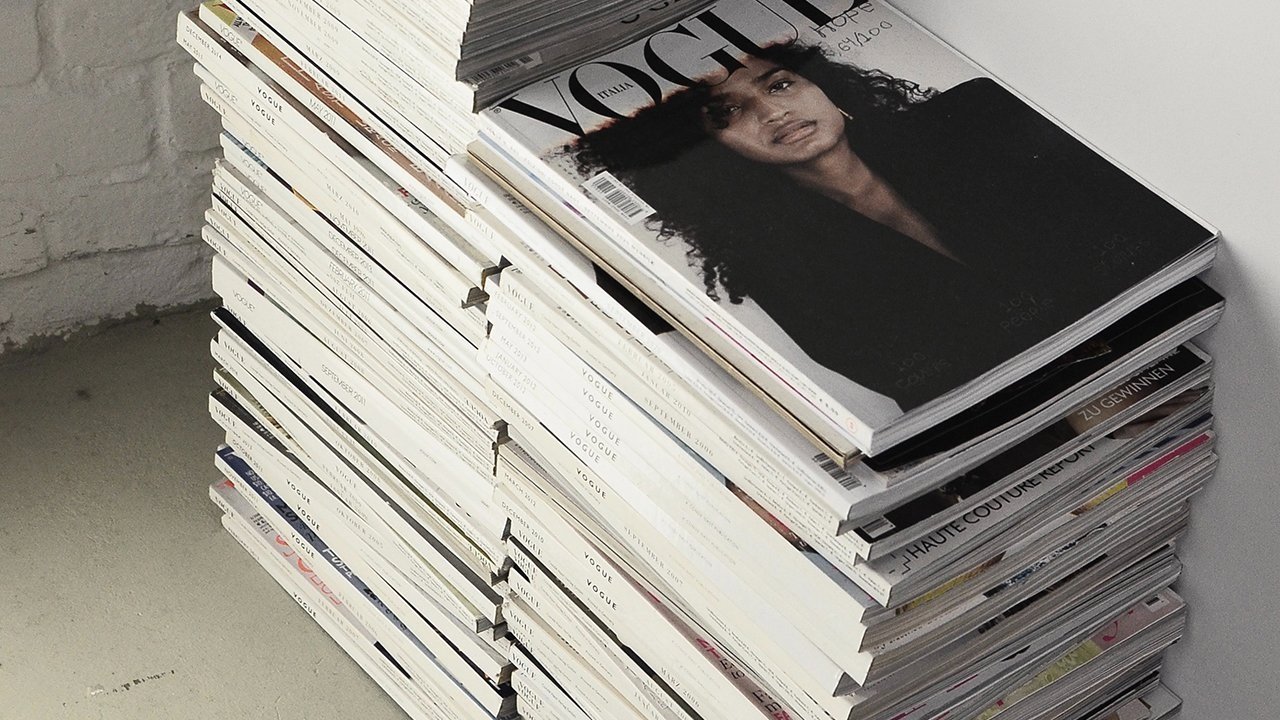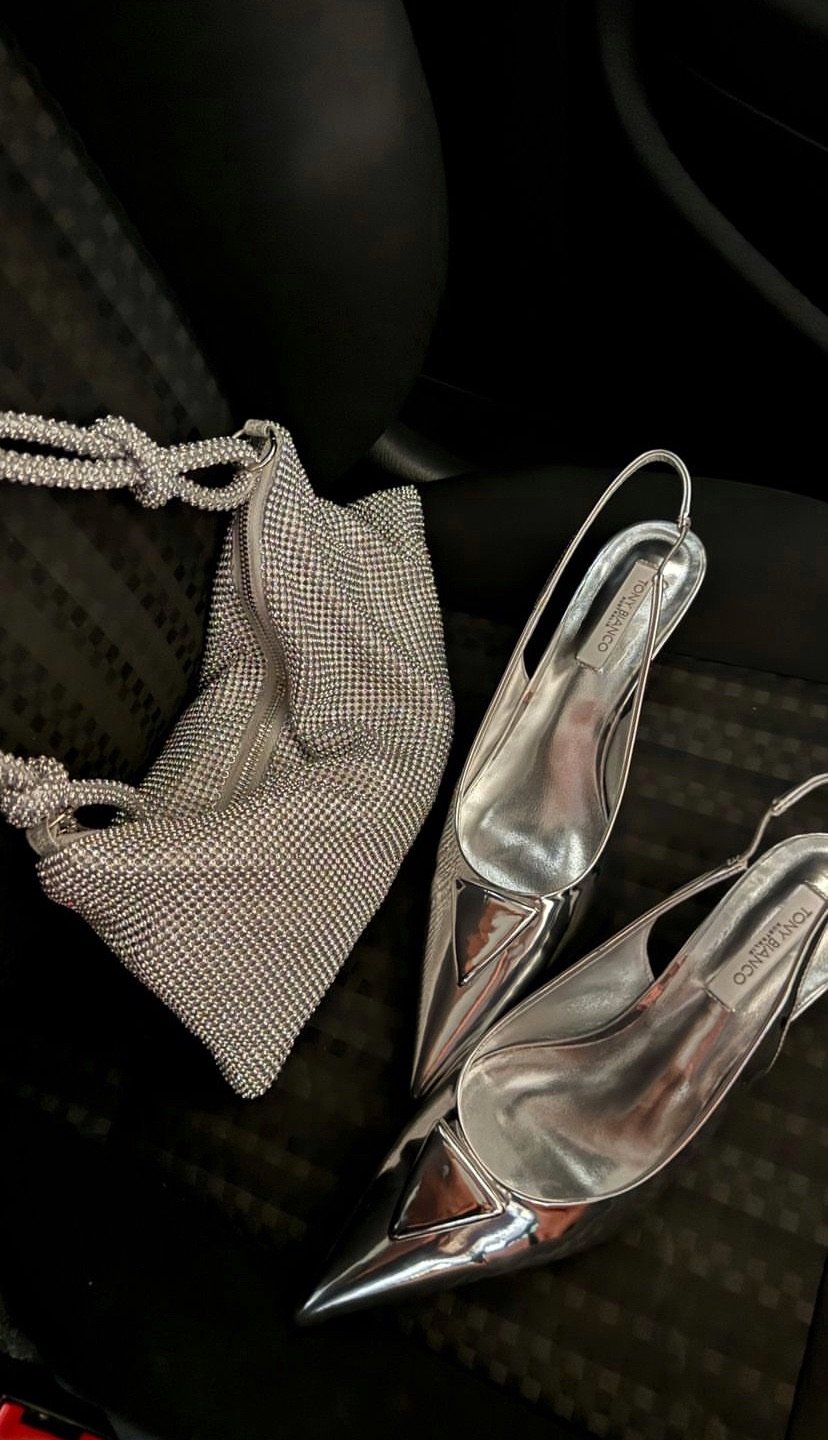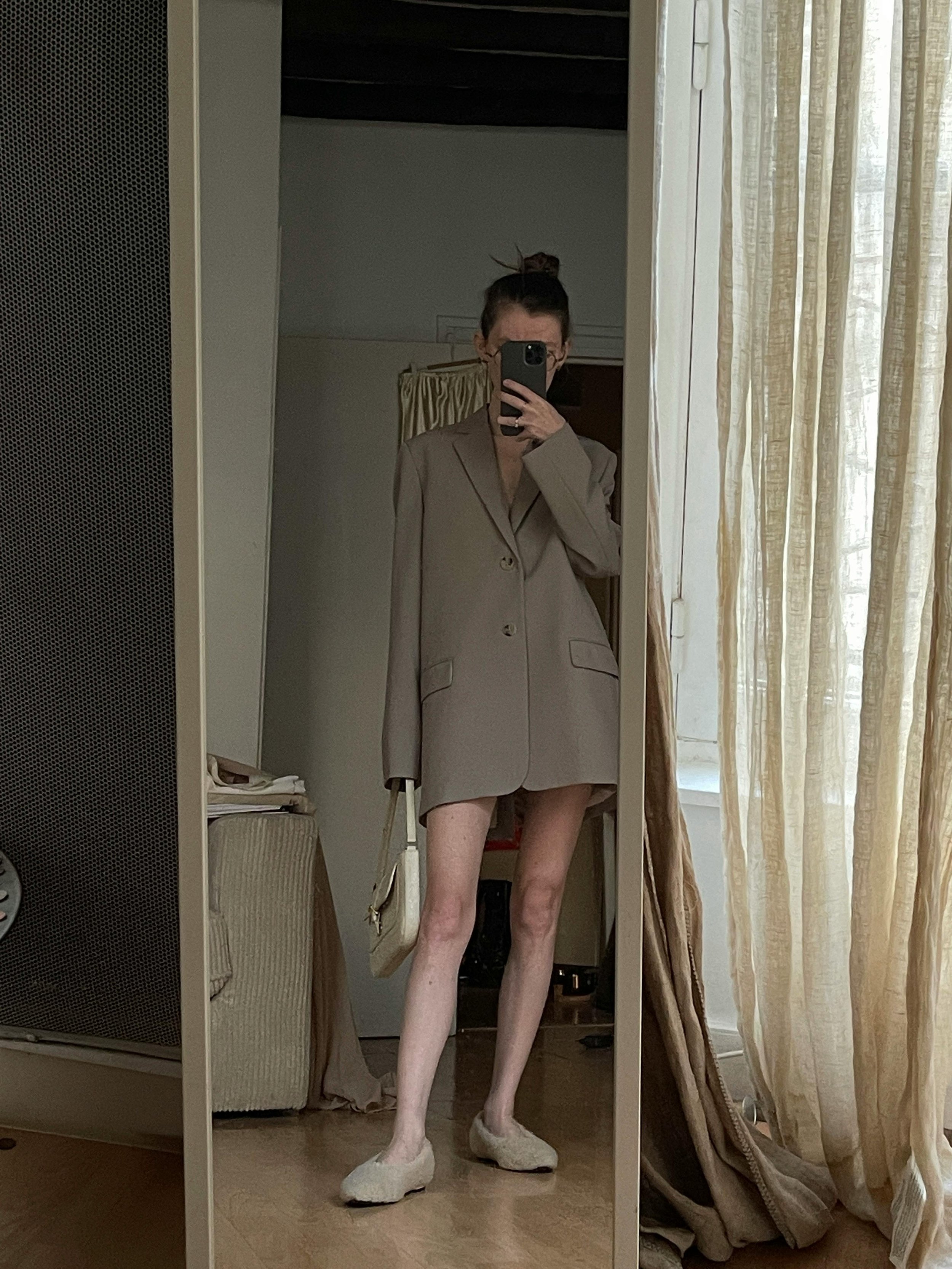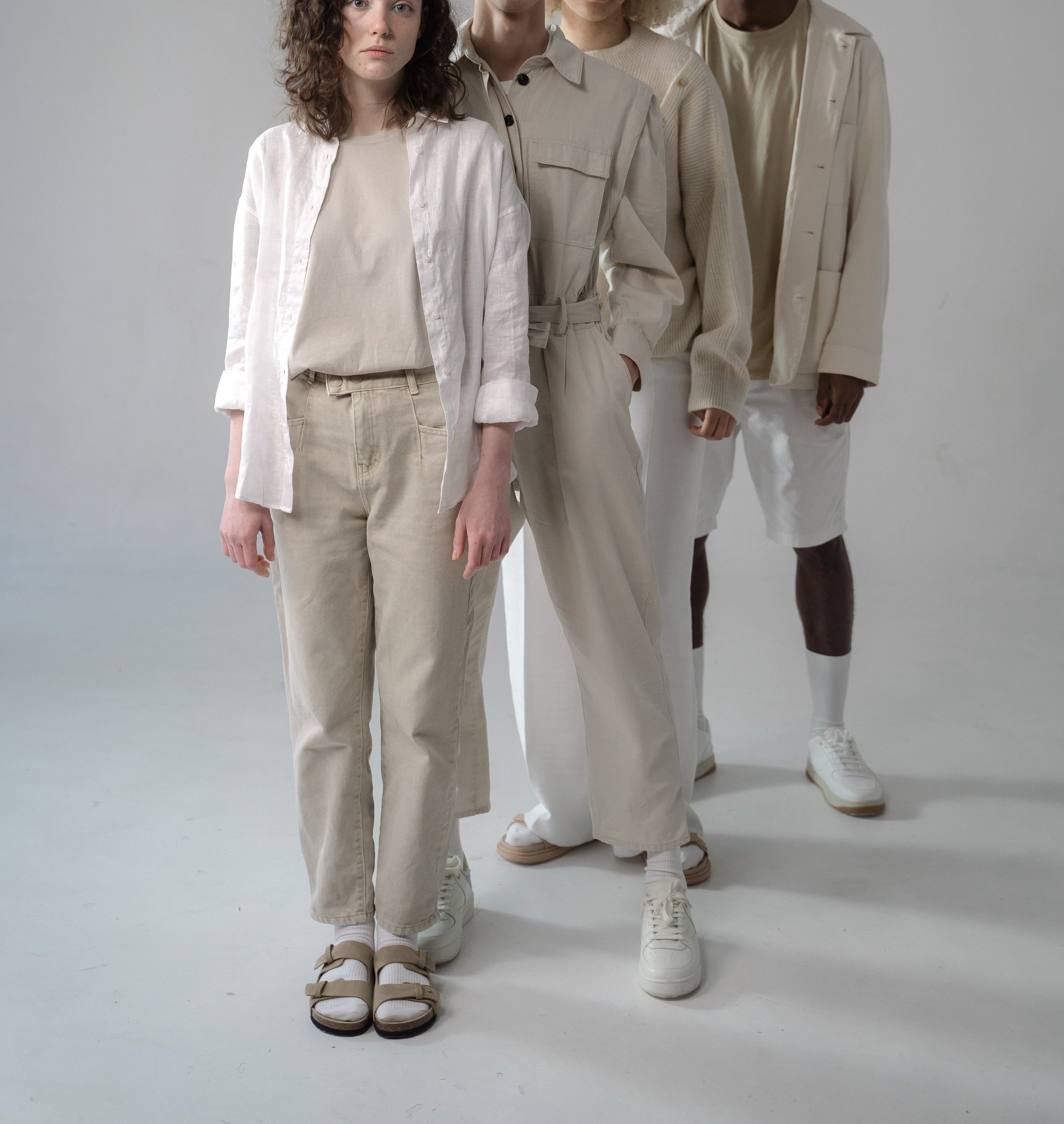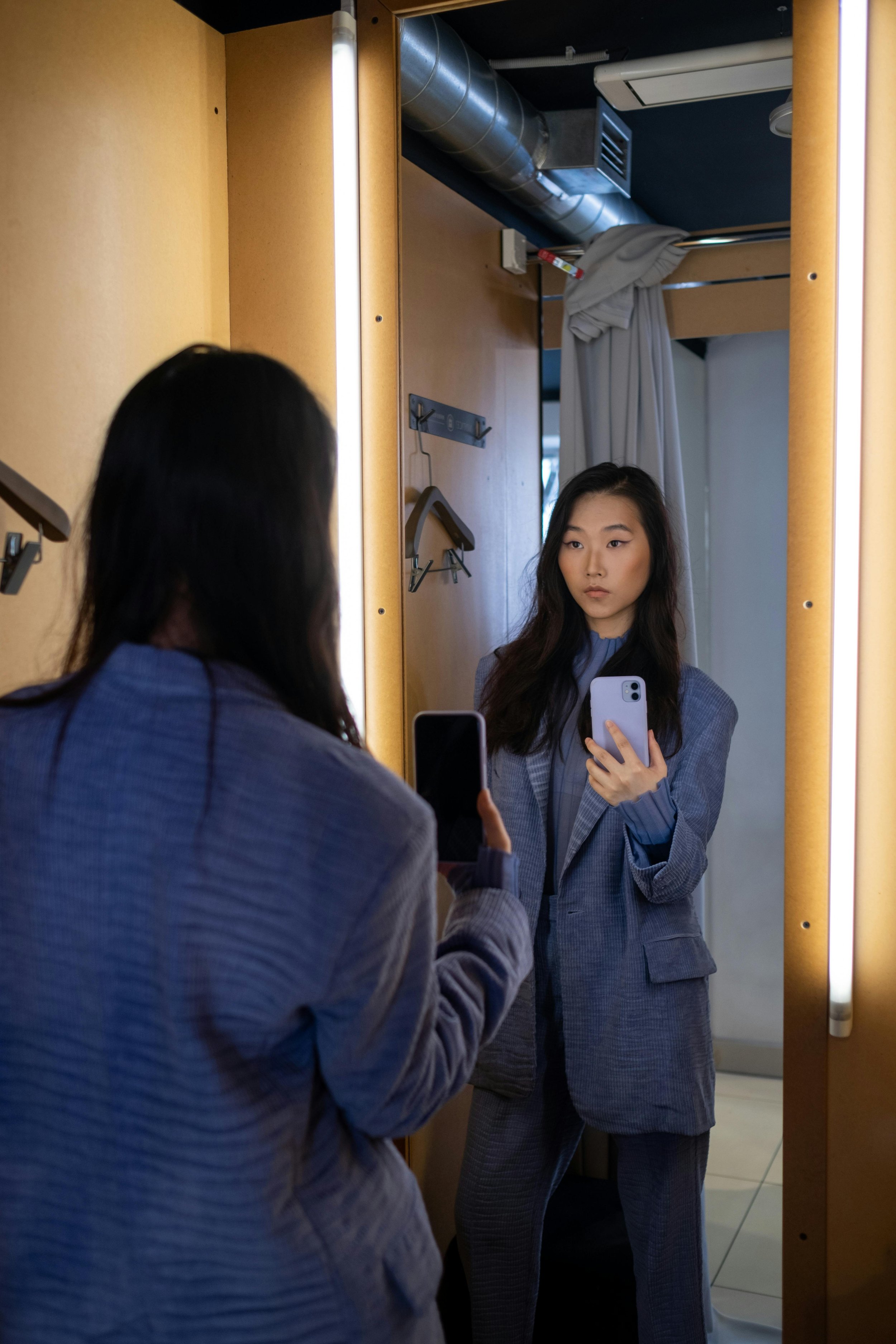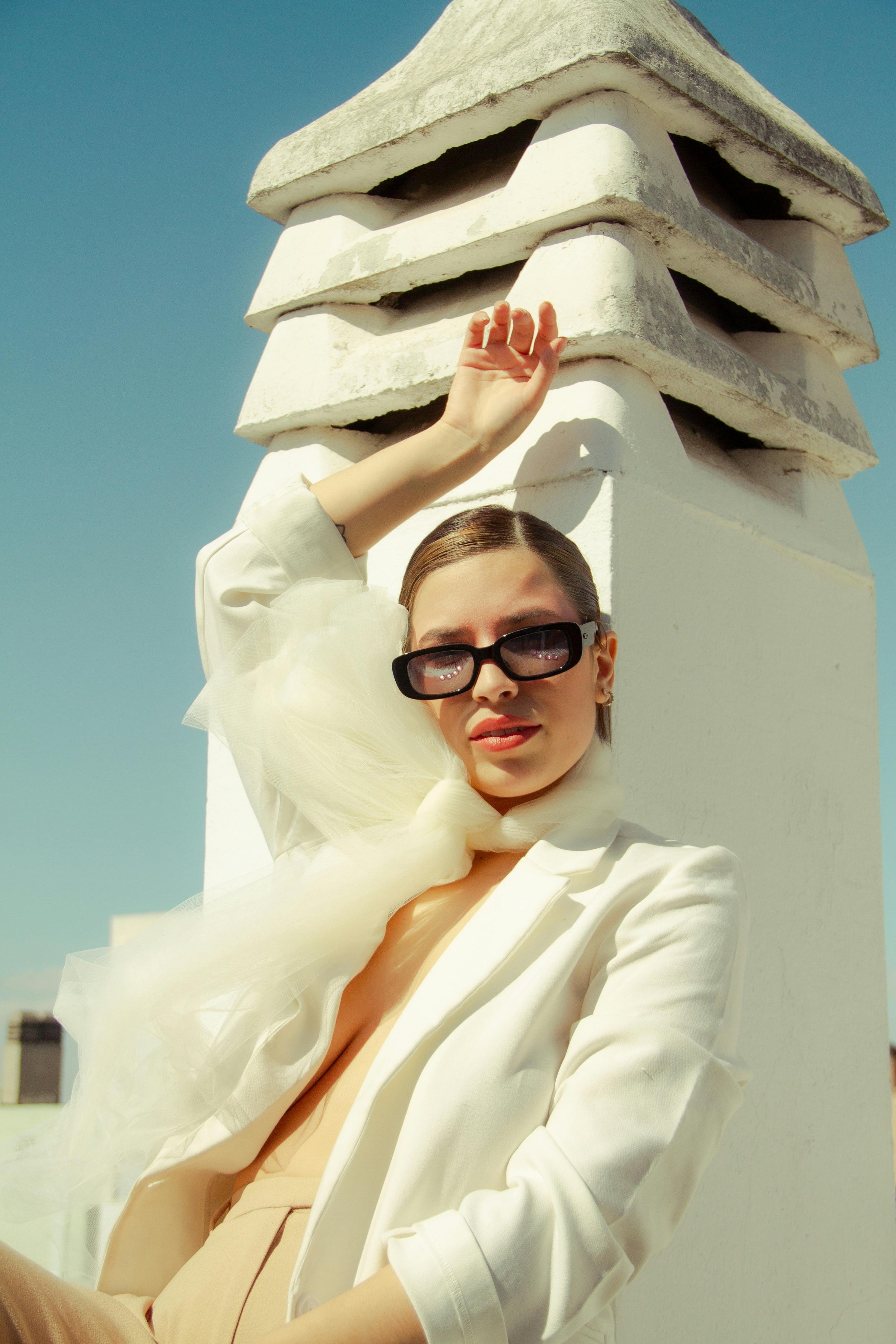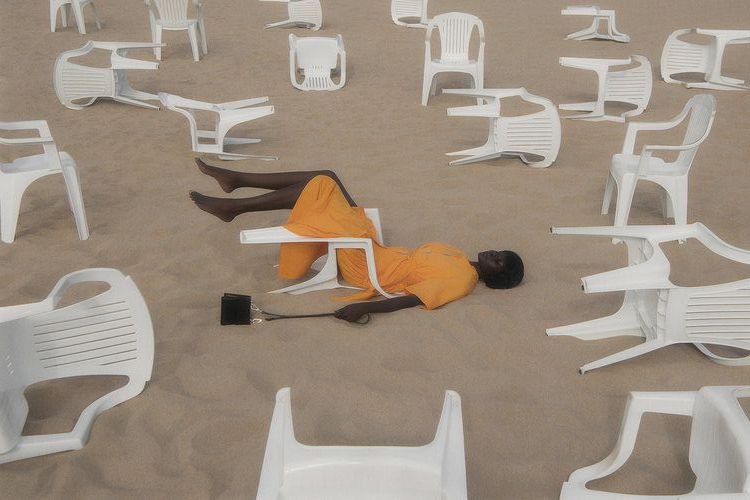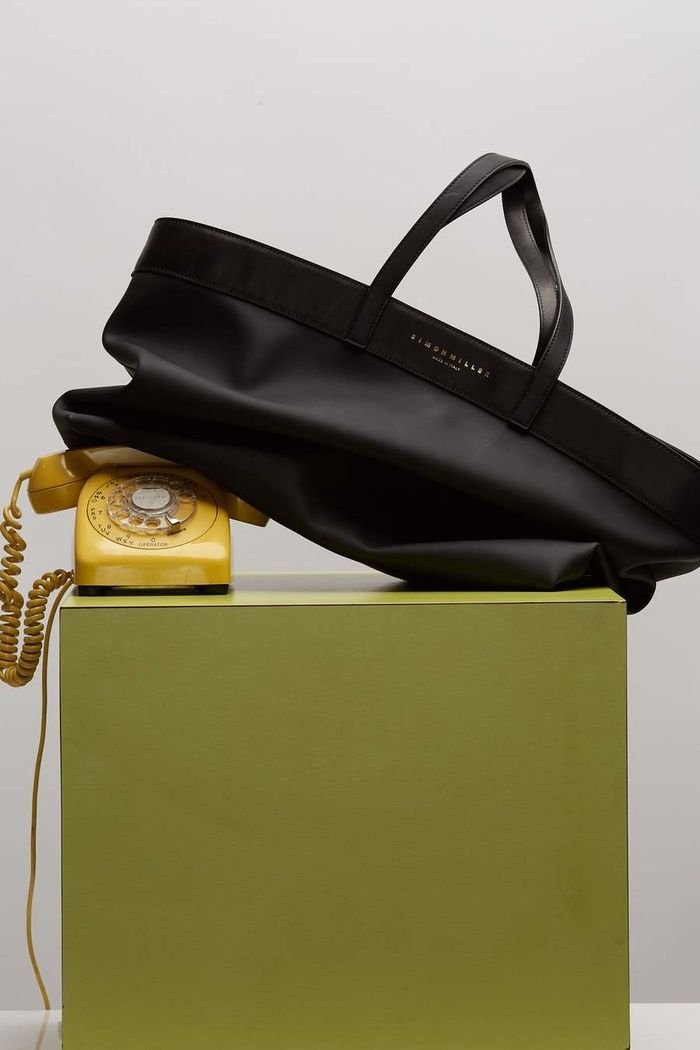Is Color Analysis Worth The Hype?
“Does this color look good on me?”. Ah, the age-old question.
By the time I officially learned about seasonal color analysis, I had both answered and asked it occasionally. But for me, the question was more about eliciting general validation for an outfit than a genuine interest in the intricacies of color theory.
Frankly, the whole thing seemed a bit pointless to me. Who cares if a specific color looks good on you? Isn’t that subjective? If you like the color… then wear it! Still, I couldn’t shake off the feeling that maybe I was missing something, especially when I thought back to a certain infamous (in my circle) bright orange tracksuit I wore in college.
When I say orange, I mean like, traffic-cone orange. The tracksuit, a fleece-lined hoodie-shorts set with a graphic that read “Hilfiger” across my butt (what else?), had been a misguided attempt at stepping out of my fashion comfort zone and I quickly regretted the purchase. But, interestingly, every time I’d wear it, I'd still get compliments, often with sincere confusion: “Wow. That’s a very unusual color. I feel like I wouldn’t like it on myself, but I actually really like it on you!”
After seeing enough Tik Toks that showed celebrities in colors outside and then within their “seasonal color palette” and somehow looking better in the latter (even though they were decidedly beautiful either way), I decided it was time to learn more about color analysis. Was it just hype, or did it really explain why a neon-orange tracksuit could work well for me but not someone else? It was time to find out.
What Is Color Analysis?
Personal color analysis can help you determine which colors flatter you the most based on your natural features. There are multiple ways to get your color analysis - you can hire a professional color analyst, take a self-guided color analysis quiz, or use an app - but the core process is generally the same.
This method examines the hue, value, and chroma of the coloring in your skin, eyes, and hair. Then, it helps you identify your seasonal color palette (summer, spring, autumn, or winter) and your dominant (deep, light, warm, cool, clear, soft), which relates to the combination of your features.
The results are categorized as seasons to simplify understanding, since we already tend to associate certain colors with specific seasons. For example, white and cool blues for winter, and muted orange and red for autumn.
But, finding your seasonal colors does not mean swearing off entire colors like blue or red for the rest of your life. For example, although blue is a cooler color when compared to yellow or red, different shades of blue can have cool or warm undertones - and the undertones in the colors you wear may appear more flattering when matched with your natural undertones. So, it’s not about swearing off blue entirely, but learning to identify the right shade of blue for you.
Color analysis entered the chat in the 1980s with the bestselling book Color Me Beautiful by Carole Jackson, but it was only recently that it blew up on social media. A filter that helps people identify their own skin color palette went viral on Tik Tok, with #coloranalysis garnering 999 million views (and, counting!).
Arguably, a reason color analysis has blown up is that the influx of information the internet gives us has lowered our tolerance to uncertainty. Identifying colors that objectively flatter us satisfies our desire for concrete answers. It substitutes the abstraction of “does this color look good on me?” into fact-based, replicable terms.
Why should you find your colors?
Attractiveness is of course subjective as beauty is in the eye of the beholder. However, getting your color analysis can be a shortcut to looking your best.
Having your seasonal color palette will not just help you find your most flattering colors, but also can save you time and money in the long run. I’m sure many of us have had the experience of my orange tracksuit but in reverse: buying something because you liked the color in the abstract, but never reaching for it because something about the color on you just felt a bit off. Understanding your seasonal color palette can help avoid these situations.
Another upside is that getting your color analysis is a one-time experience that will help you for life. The coloring of your undertones are set for life, so you'll only have to do it once.
Finding My Own Color Season
I decided to go the budget-friendly route before deciding whether investing in professional color analysis would be worth it, so I tried a few different filters on Tik Tok and a couple of random apps to identify what colors look good on me for free.
The process seemed simple enough:
Wipe the schmutz off your camera lens
Get a white sheet of paper
Find an area with natural, indirect lighting and face the window
Take a selfie with a relaxed expression - either while holding up the white sheet of paper directly below your face or aligning your face Tellytubbies-style with the filter
TikTok creator @msfrizzleart does a great job of demonstrating:
I quickly realized how many variables affected my results. The first time around, I didn’t want to wait till the morning for natural light and took my photo under incandescent light, getting one result. Once I retook the photo in the morning, I got another result. Then, there was the matter of makeup. Without makeup on, I had one result, but with my eyebrows done the way I always have them, I got another. That didn’t feel helpful to me because I’m rarely out without makeup on. Shouldn’t that be taken into consideration?
After several attempts, I decided AI simply wasn’t cutting it, and moved on to color analysis quizzes. Some of the questions were straight-forward and easy to answer, like what is your hair or eye color, but most quizzes got increasingly less sensical. “Which colors flatter you the most?” Um… I’m not sure, that’s why I’m taking this quiz!
Individually, each test gave me fairly limited information. But, after putting a few results together, I was able to narrow down my season as autumn with a fair amount of confidence. And yes, the palette did actually have traffic-cone orange! As for the clear/soft/warm/deep/whatnot portion… Let's table it for another time. Phew.
Is Color Analysis Worth It?
The process of identifying my seasonal color palette myself was, well… not as breezy as the season I got. However, after dabbling into color analysis, I did notice a difference in my shopping habits.
I started paying much more attention to the interaction between the color of a clothing item and my features. Instead of going for a color because I had seen it trending on my Pinterest feed or because a celebrity whose style I like wears it, I started analyzing colors on me more critically and objectively.
I do see the appeal of hiring a professional. Sometimes a specific shade very obviously harmonizes with someone’s features, but other times, identifying flattering shades is a bit trickier. Someone with a trained eye who would be able to help through that confusion. For example, journalist Emely Sher described her process as one of these tricky cases. When her self-diagnosed season was unclear, a professional color analyst was able to spot nuances in the colors with ease. Consequently, Emely had confidence in her results and felt like her eyes looked brighter, her skin glowed, and that she suddenly had cheekbones!
No one can deny it: there really is a science to seasonal color analysis. However, in my opinion, color theory is most helpful not only when done professionally, but also more as a general guideline than a rule that is set-in-stone. If there is a color you love wearing, I don’t think you should stop wearing it just because it’s not in your palette. Color analysis, essentially, is just about looking and feeling great.
My verdict? Yes, I do think color analysis is worth it, but you’ll get what you pay for, and if you go the free route, you won’t get much. I’ve decided to invest in an official color analysis once I get the chance, so I guess you could color me impressed. But, now that I know, you can also color me traffic-cone orange.
Looking for help with your personal style?
While we don’t do color analysis (yet!), we offer a number of affordable digital styling services to get 1:1 help from a real personal stylist, all starting at just $25.
-
Depend on the hue (cool or warm), value (light or dark), and chroma (muted/soft to bright/clear) of your natural coloring, your color season will be one of the following:
Light Summer
Soft Summer
Cool Autumn
Soft Autumn
Warm Autumn
Deep Autumn
Clear Winter
Cool Winter
Deep Winter
Light Spring
Clear Spring
Warm Spring
You can find out what your color season is by trying out filters (like this one on TikTok), taking one of the several quizzes available online, or hiring a professional color analyst.
-
You can attempt your own color analysis by using color analysis filters on social media or one of many self-guided quizzes online. A more time-consuming but more immersive method is to observe how different shades of the same color either feel harmonious or accentuate dark circles and blend in with your skin tone, washing you out.
-
Prices for a color analysis vary depending on the method you choose.
Self-guided tests are the least expensive, and are often completely free online. However, without the help of a professional analyst with a trained eye, the results are less reliable.
Identifying your seasonal palette with a professional color analyst will leave a more sizable dent in your wallet, with prices ranging from $100 to $400, but also specialized results guarantee more accuracy. Some analysts also provide additional resources, like more detailed analyses and physical color palettes you can take with you.
Isa is a communications specialist, writer, and content creator. In her free time, she likes reading, thrifting, and decorating her place to feel like a retro-modern Pinterest board. If you see her in public, she’ll likely be enjoying a few scoops of gelato and/or admiring strangers’ dogs.


